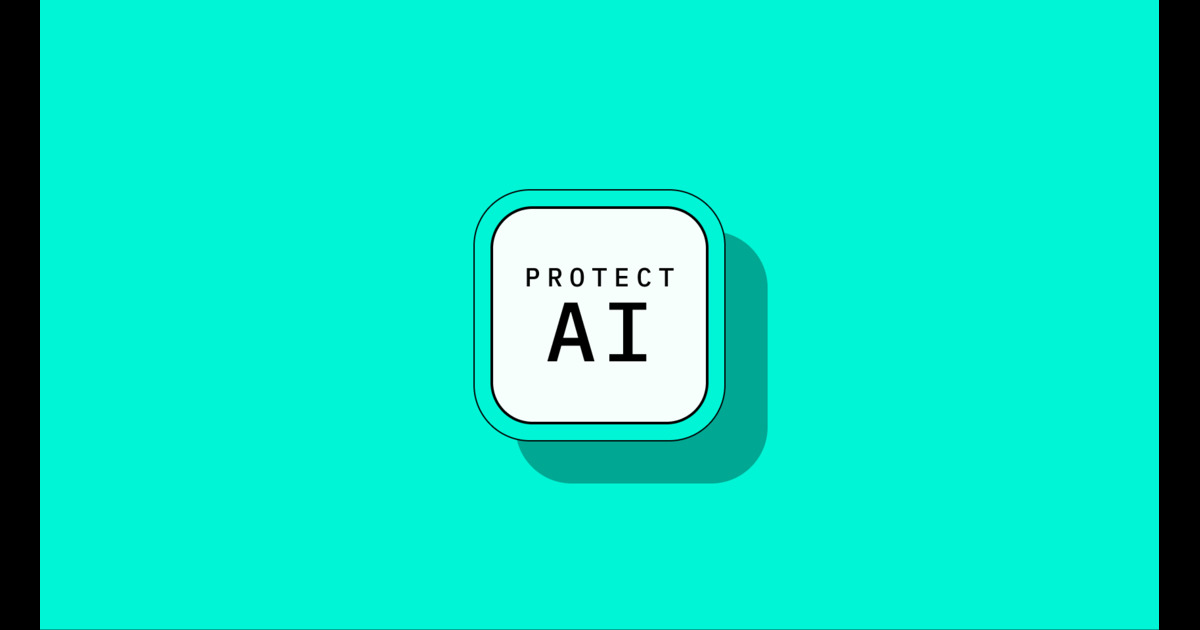Edera has announced the general availability of Edera Protect 1.0, a Kubernetes security solution designed to enhance container isolation and address longstanding security challenges in cloud-native environments. Unlike traditional container security tools that focus on post-deployment detection, Edera Protect introduces a “zone”-based architecture, providing strong isolation between containers by default. This approach aims to eliminate entire classes of threats, such as container escapes and credential theft, by re-architecting the standard container runtime.
Edera Protect integrates with existing Kubernetes infrastructure, allowing organizations to enhance their security posture without disrupting developer workflows. In the general availability release of Edera Protect 1.0, several technical enhancements have been introduced to support secure, scalable container isolation in Kubernetes environments. One of the most significant changes is improved scalability: the system now supports over 250 secure zones per node on hardware with 64 GB of RAM. This advancement enables denser multi-tenant workloads, a common requirement in enterprise Kubernetes clusters.
A key improvement in resource management comes with the introduction of memory ballooning. This feature allows zones to dynamically adjust their memory allocation based on real-time demand, helping reduce resource overprovisioning while maintaining strong isolation boundaries. To address performance concerns around container startup times, warm zones were introduced. This capability should reduce the time it takes to spin up containers, bringing performance levels closer to what teams expect from native Docker environments.
The release also broadens platform compatibility. Amazon Linux 2023 is now supported, and integration with the Cilium Container Network Interface (CNI) allows users to combine Edera’s security architecture with existing advanced networking and observability tools. These integrations aim to support a wider range of infrastructure setups without requiring major changes to existing environments.
The 1.0 release includes Prometheus metrics and health endpoints, making it easier for teams to monitor zone health, resource usage, and system behavior. Additionally, a Terraform module has been introduced for Amazon EKS, simplifying the process of deploying Edera Protect into AWS-based Kubernetes clusters.
The release of Edera Protect 1.0 represents a step towards addressing the inherent tension between platform velocity and security in Kubernetes environments. By providing strong isolation at the architectural level, Edera aims to reduce the reliance on complex, layered security tools and enable organizations to run secure, multi-tenant workloads more efficiently.
Looking ahead, Edera has said they plan to expand the capabilities of Protect by introducing support for defining security boundaries at the Kubernetes namespace layer and deeper integration with cloud provider security features. This continued development underscores Edera’s commitment to enhancing container security and supporting the evolving needs of cloud-native organizations.









